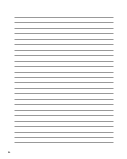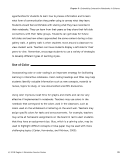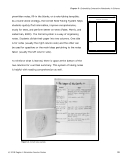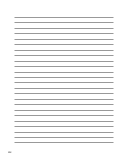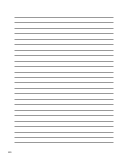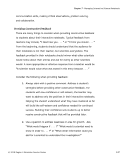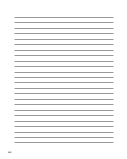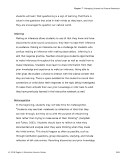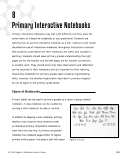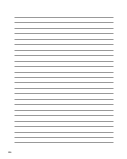3
Learner Variability
they discover in a variety of ways. Students need opportunities to tap into
their own way of interpreting the world in order to fully understand new
kind. Interactive notebooks provide teachers with an organizational tool that
encourages the use of different instructional strategies and can be helpful
when planning for the learning styles of students.
When considering the use of interactive notebooks, teachers must be
cognizant of the different learning preferences, interests, and abilities of
each student and accommodate these diverse needs “in order to properly
plan and conduct assignments and assess what students have learned”
Educators must think about the way their students learn; no one strategy
include visual/verbal, tactile/kinesthetic, visual/nonverbal, and auditory/verbal.
Awareness of these learning preferences is helpful in planning for students in
the classroom because they are what make learners and teachers different.
The most insightful purpose of planning this way is that it makes a teacher
consider various ways to present and receive information. One way for them
to do that is to allow students the freedom to think. When students are given
the opportunity to think about how they naturally process information, they
are more apt to connect to what they are being taught. This is the ultimate
goal in the classroom—for students to retain new information.
Learner Variability
they discover in a variety of ways. Students need opportunities to tap into
their own way of interpreting the world in order to fully understand new
kind. Interactive notebooks provide teachers with an organizational tool that
encourages the use of different instructional strategies and can be helpful
when planning for the learning styles of students.
When considering the use of interactive notebooks, teachers must be
cognizant of the different learning preferences, interests, and abilities of
each student and accommodate these diverse needs “in order to properly
plan and conduct assignments and assess what students have learned”
Educators must think about the way their students learn; no one strategy
include visual/verbal, tactile/kinesthetic, visual/nonverbal, and auditory/verbal.
Awareness of these learning preferences is helpful in planning for students in
the classroom because they are what make learners and teachers different.
The most insightful purpose of planning this way is that it makes a teacher
consider various ways to present and receive information. One way for them
to do that is to allow students the freedom to think. When students are given
the opportunity to think about how they naturally process information, they
are more apt to connect to what they are being taught. This is the ultimate
goal in the classroom—for students to retain new information.





































































































